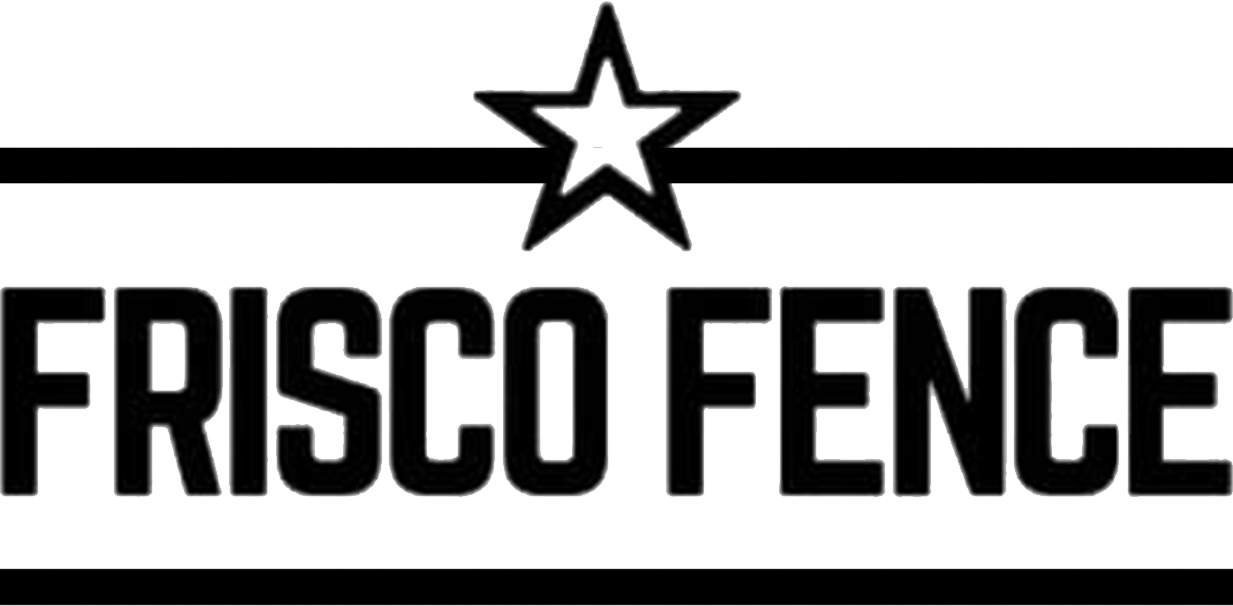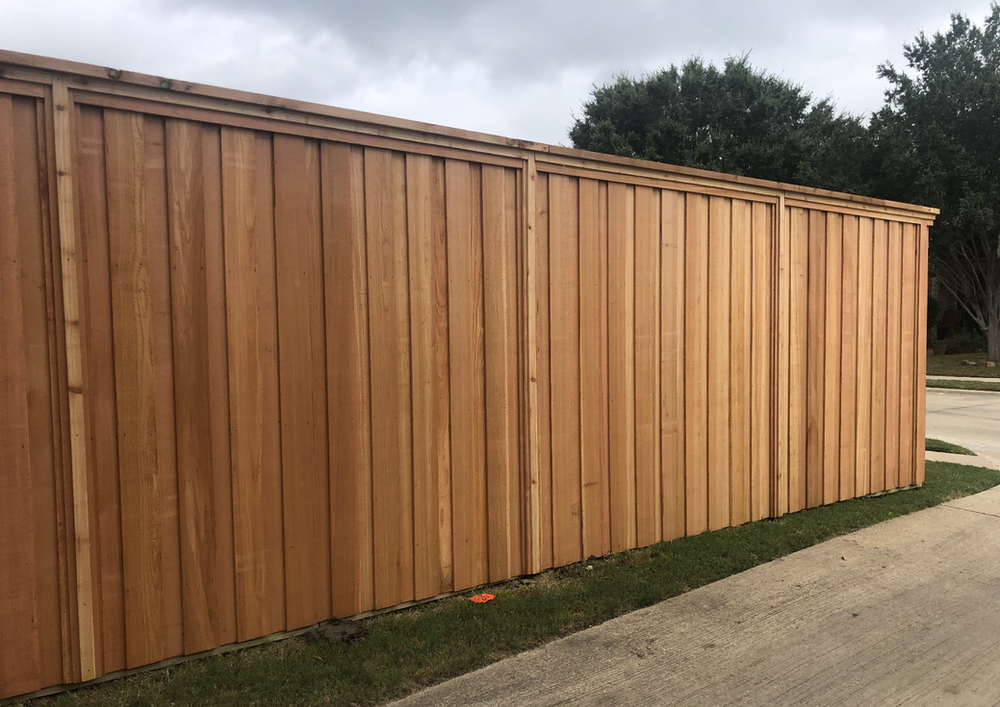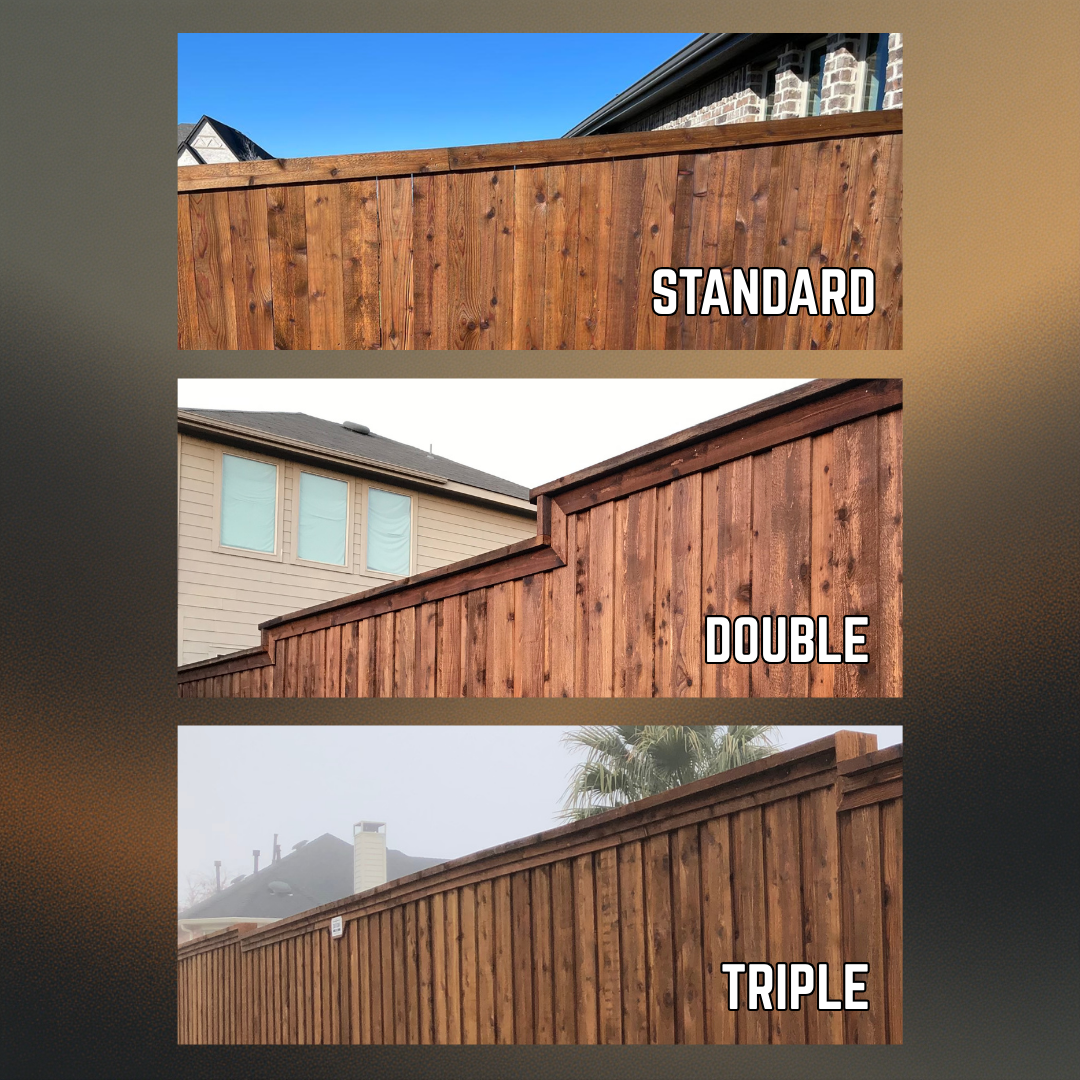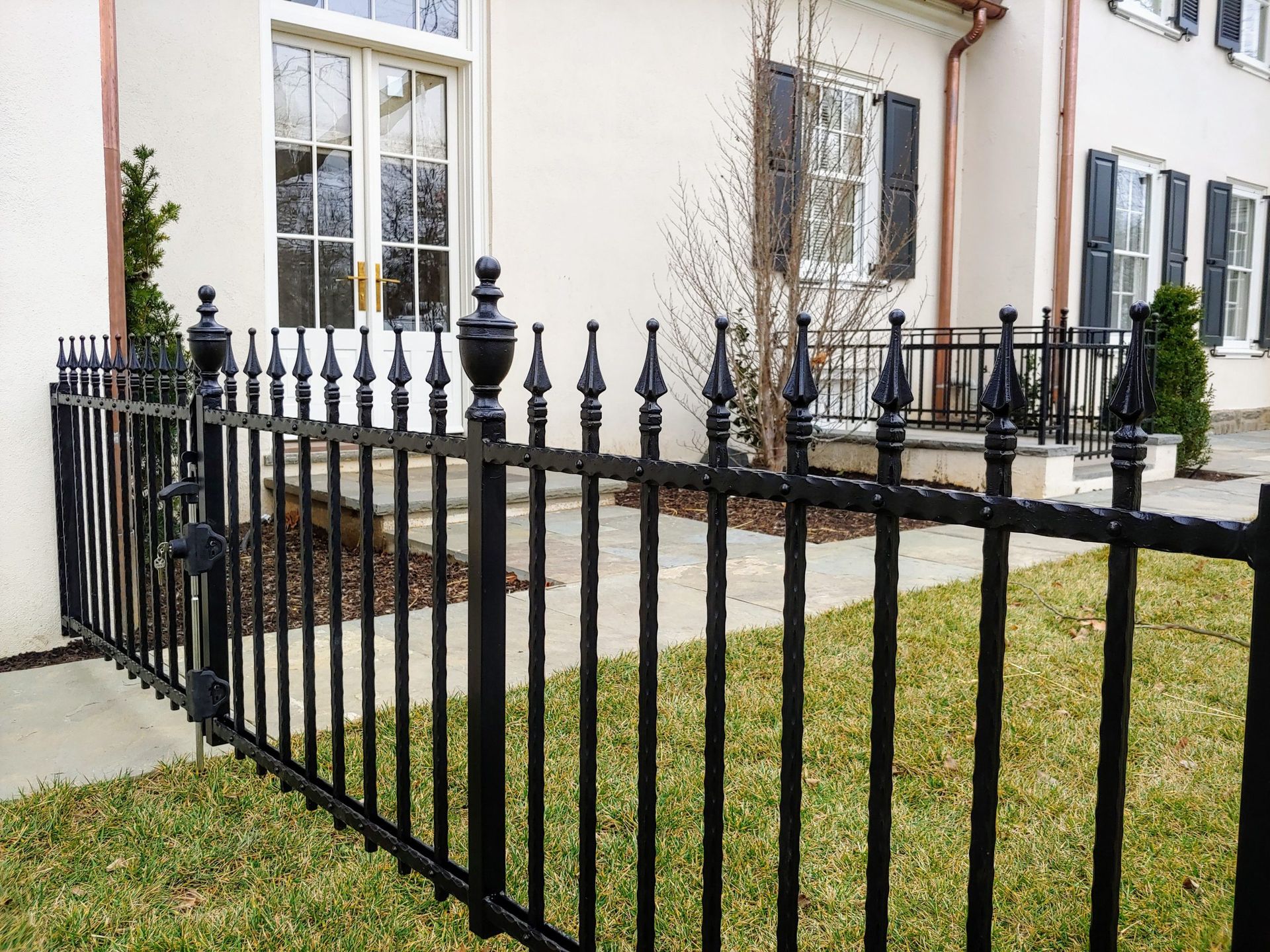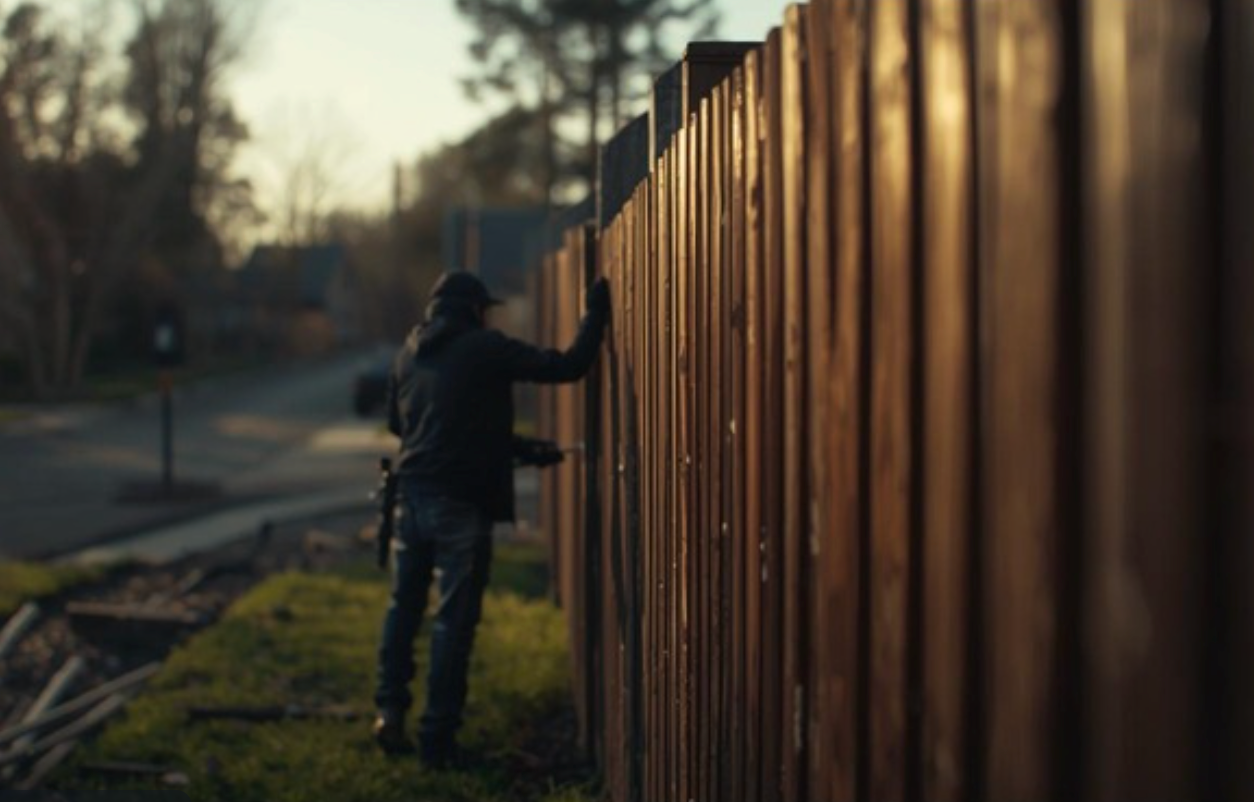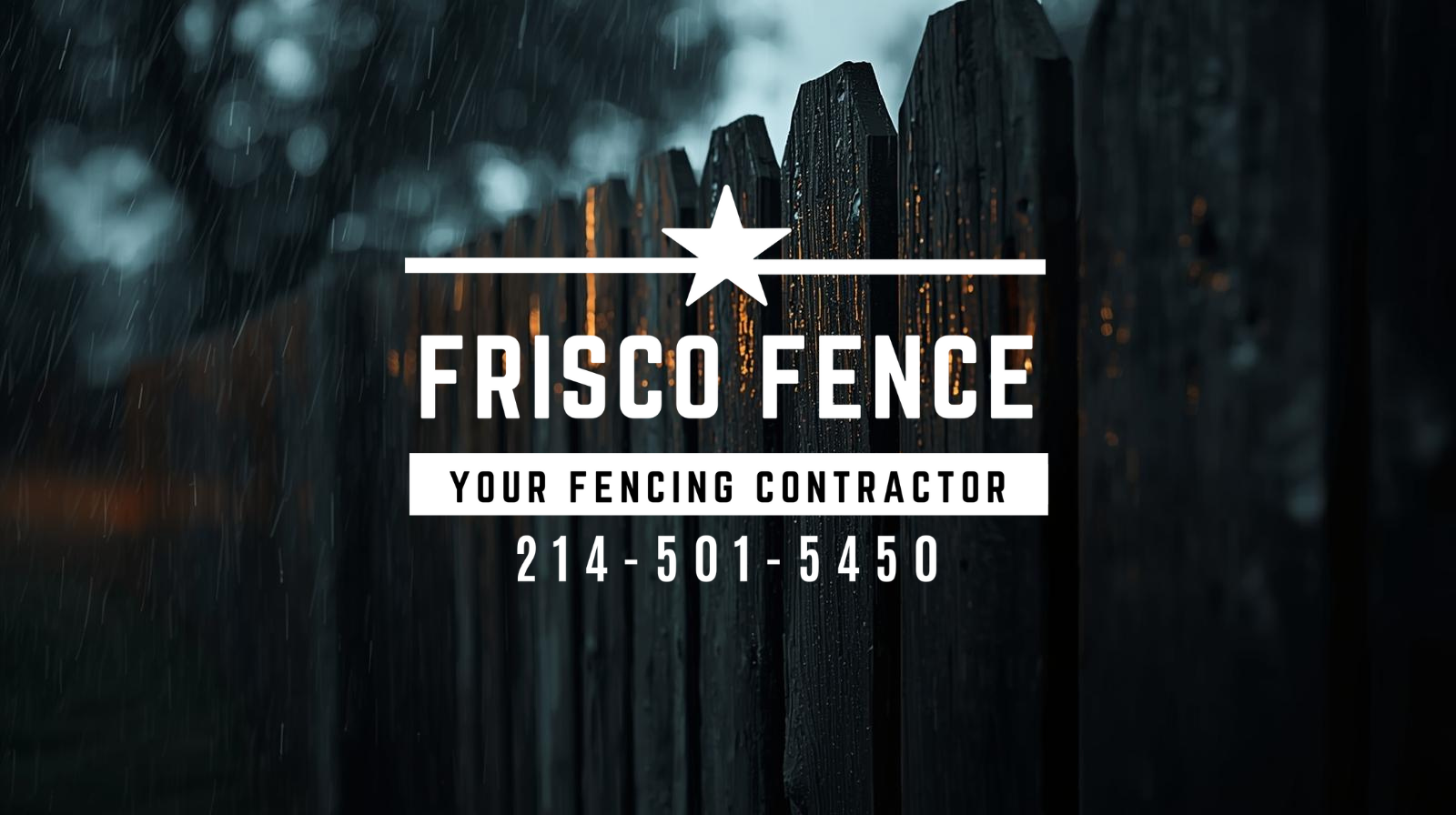Why Cedar Wins: Western Red Cedar vs. Builder-Grade Lumber
Why Cedar Wins: Western Red Cedar vs. Builder-Grade Lumber
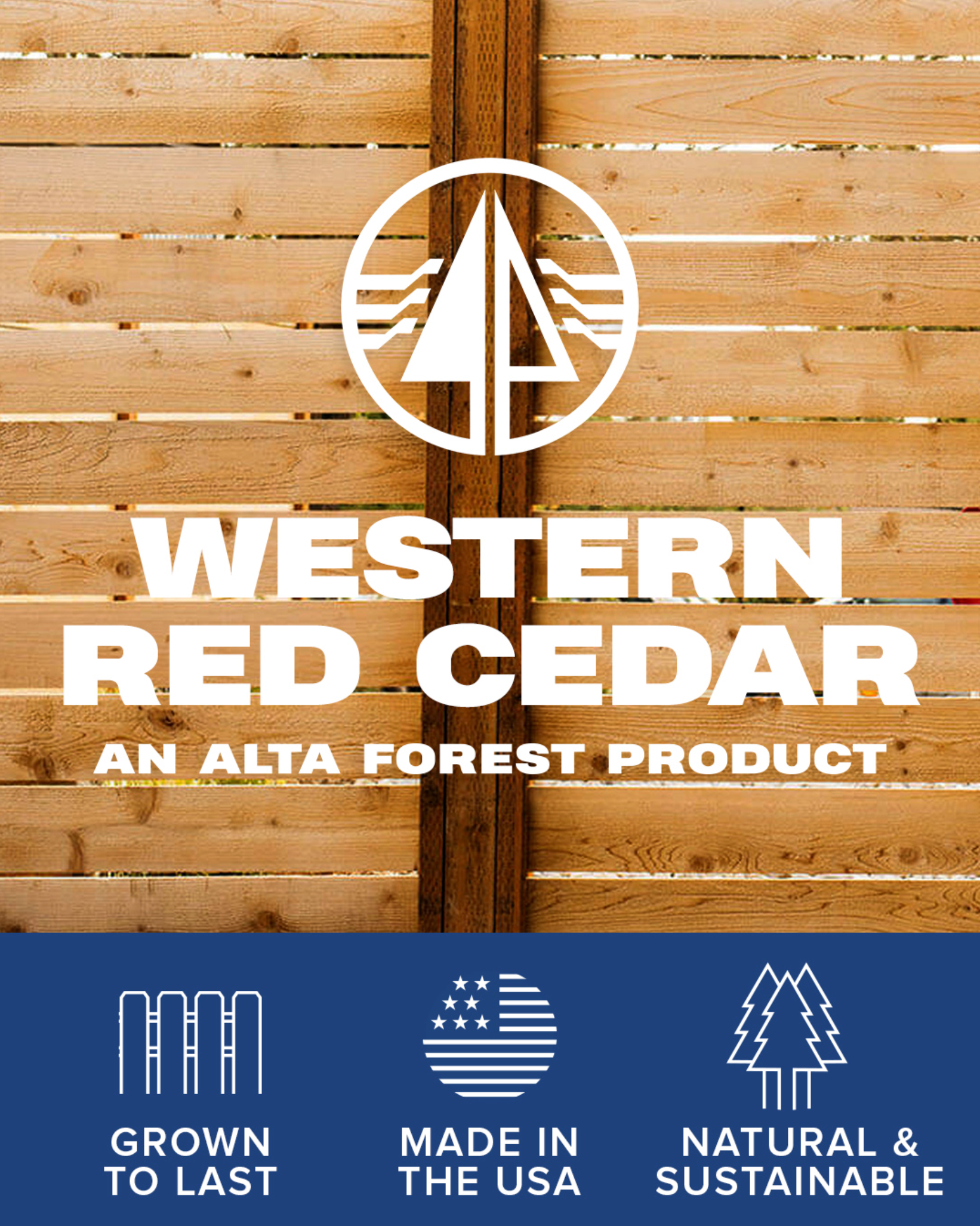
When choosing fencing material, the difference in wood quality makes all the difference in how long your fence will last. Many builders default to pine or Douglas fir because they’re cheaper — but those savings don’t last long.
Pine is soft, prone to swelling, and easily attacked by insects. Even when pressure-treated, it often twists, warps, and cracks in the Texas sun. This leads to leaning fences, gaps, and constant repairs.
Douglas Fir is stronger than pine, but it’s still less resistant to rot and insects. Without heavy treatment, fir fences quickly show signs of decay and weather damage, especially when exposed to moisture.
Western Red Cedar and Japanese Cedar, on the other hand, naturally contain oils that resist rot, decay, and insects — no chemical treatment required. Cedar also shrinks and swells less, meaning straighter lines, tighter fits, and a fence that keeps its beauty for years. Both varieties offer rich natural color that stains beautifully, boosting curb appeal and home value.
Yes, cedar costs a little more upfront — but it saves homeowners in the long run with fewer repairs and a longer lifespan. Instead of replacing a pine or fir fence every 5–7 years, a properly built and maintained cedar fence can last 15–20+ years in North Texas conditions.
The bottom line? Cedar is an investment that pays for itself in durability, beauty, and peace of mind.
